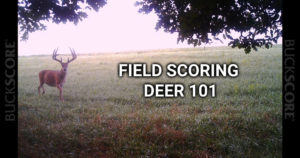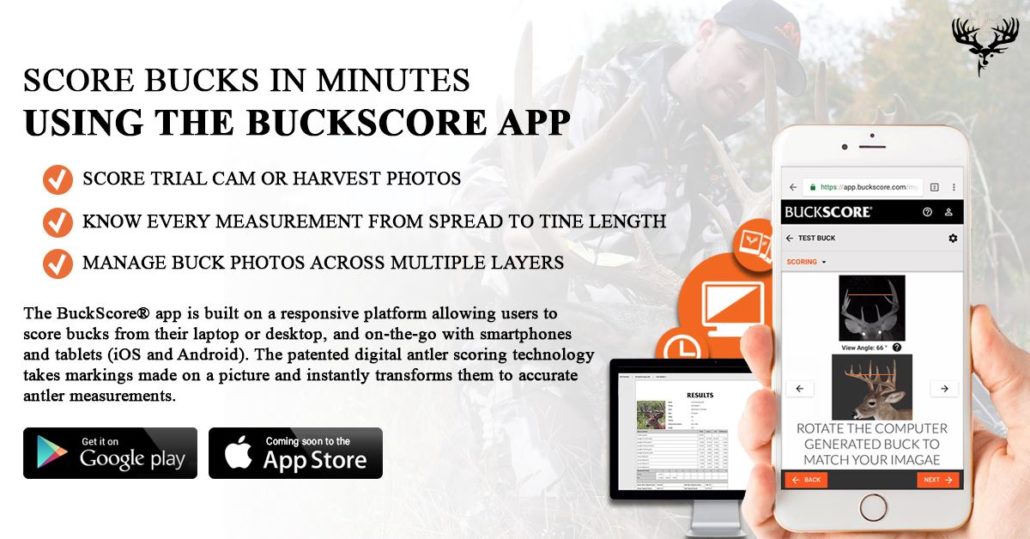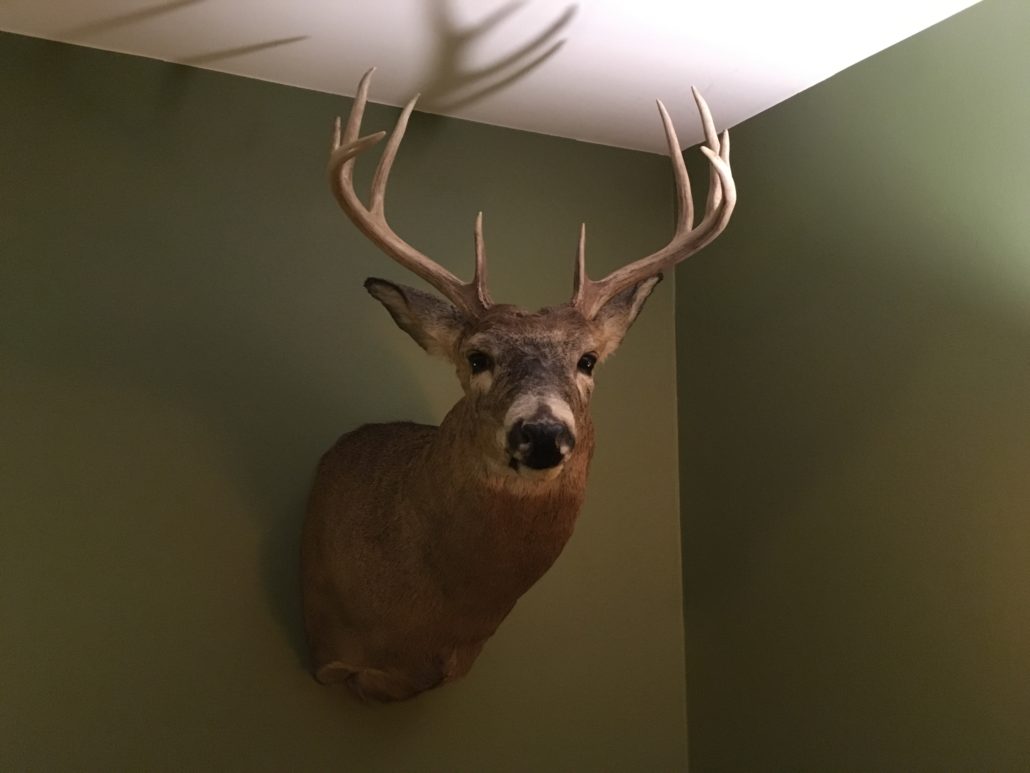Trail Camera Survey | Take Inventory of Your Deer Herd This Winter
How to Run a Trail Camera Survey
By: Weston Schrank, BuckScore® Specialist and Biologist
The first of a long list of responsibilities for a deer and land manager is to find out what is going on the property. It’s been a long hunting season… some deer have been killed by hunters, others killed by predators. The cornerstone of your new property management plan, and next year’s harvest plan, is taking a census of which deer and how many there are on the property. The best way to do this is by running a post season trail camera survey.
Post Season Trail Camera Survey
Most surveys are preseason surveys in summer, to determine which bucks are on the hit list… but a post season survey can be far more important to a deer manager. Population number, health assessments, post season age structure, and post season sex ratio are all very important to take note of after deer season.
Winter, specifically late February and March, is the hardest time for deer. A trail camera survey allows you to see the status, size, and overall health of the deer herd before this stressful time. Deer population numbers can fluctuate in terms of how many deer you actually see on the property. Your property may get an influx of deer stacking into your bedding areas, south slopes, and disturbed woodlots if you have a decent amount of cover and ideal habitat. This can cause a lot more stress to the property than what your management plan and property is set up for. Trail camera survey results combined with post season scouting can reveal management projects that might be needed before late February and March. This information also allows you to make smarter decisions on doe harvest, food plots, and even predator management!

What You’ll Need
- 300 – 500 lbs. of corn or more per 100 acres of property (depending on deer densities)
- One trail camera per 100 acres of property
- New batteries for your trail camera
- 8 GB or larger SD card (check compatibility with camera)
- Time, enough time to refill trail camera stations every 2-4 days (depending on deer densities)
Trail Camera Survey Instructions
When setting up a survey you need to stick to the correct format that was conducted in the original research in order to get accurate results. The correct setup calls for a trail camera for every 100 acres. However, each property calls for different numbers depending on how it hunts, topography, and its habitat diversity. For example, while one camera may seem to cover an entire 70-acre property, you can learn from observations that each side of the property is used by different deer, and more importantly bucks, the number a survey uses as an index to estimate doe numbers. Setting up a trail camera on each side of this 70-acre property will give the ability to observe and identify each individual deer using the property. As another example, a 150-acre property in will have the same number of cameras. The habitat on this farm isn’t as diverse, meaning the deer move more freely from one camera location to the other.
After deciding how many cameras you need, the location of the trail cameras is your next decision. Your ideal trail camera location would be an area that you can maximize deer encounters with. You will want an area that is relatively clean of brush, saplings, and tall grass, essentially anything that can set off the camera besides a deer. Set up the trail camera about chest high and facing north or south to keep the morning or afternoon sun from blinding your image. Place 50-100 lbs. of corn out about 10 yards from the camera.
After the area is cleaned up and corn is down, turn your attention to the proper trail camera settings. The most important aspect that is often messed up by hunters and landowners is the setting and duration of the survey. The correct settings are 1 photo burst with a 5-minute delay. Make sure you have fresh batteries and an empty formatted memory card and run the survey for 3 weeks or 21- 24 days. During this time, keep coming back to ensure there is always corn on the site.
Trail Camera Survey Results
Once the 3 weeks are up you will pull the cameras. By this time you might have already been finding sheds, or deer will be casting their antlers within a few short weeks. There is no reason to keep the corn and trail cameras running this late into the season.
You are now ready to start the most important part of the survey, calculating the deer population and making decisions based on the survey. While the calculations are relatively simple, making decisions based on the data can be a little more confusing.
Look out for another video coming out in the upcoming weeks on how to start calculating these trail camera survey results. We will walk you through how to identify bucks, estimate does and fawn numbers, score bucks on the hoof, and what results management decisions can be derived from. I will also be pairing these videos with off-season responsibilities and activities you can be doing now that can increase deer movement across your property for next year’s hunting season.
In the meantime, here are several blogs that you can check out to increase your knowledge of deer, deer management, and deer hunting!
Want to score bucks from trail camera photos? The BuckScore® program allows you to score a photo of a deer on your desktop or mobile in just minutes!
















